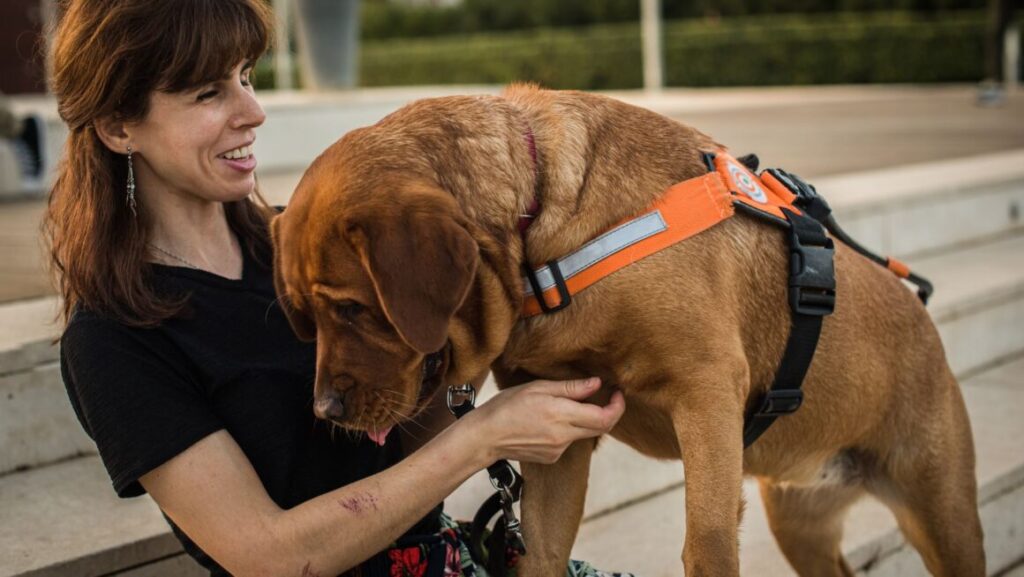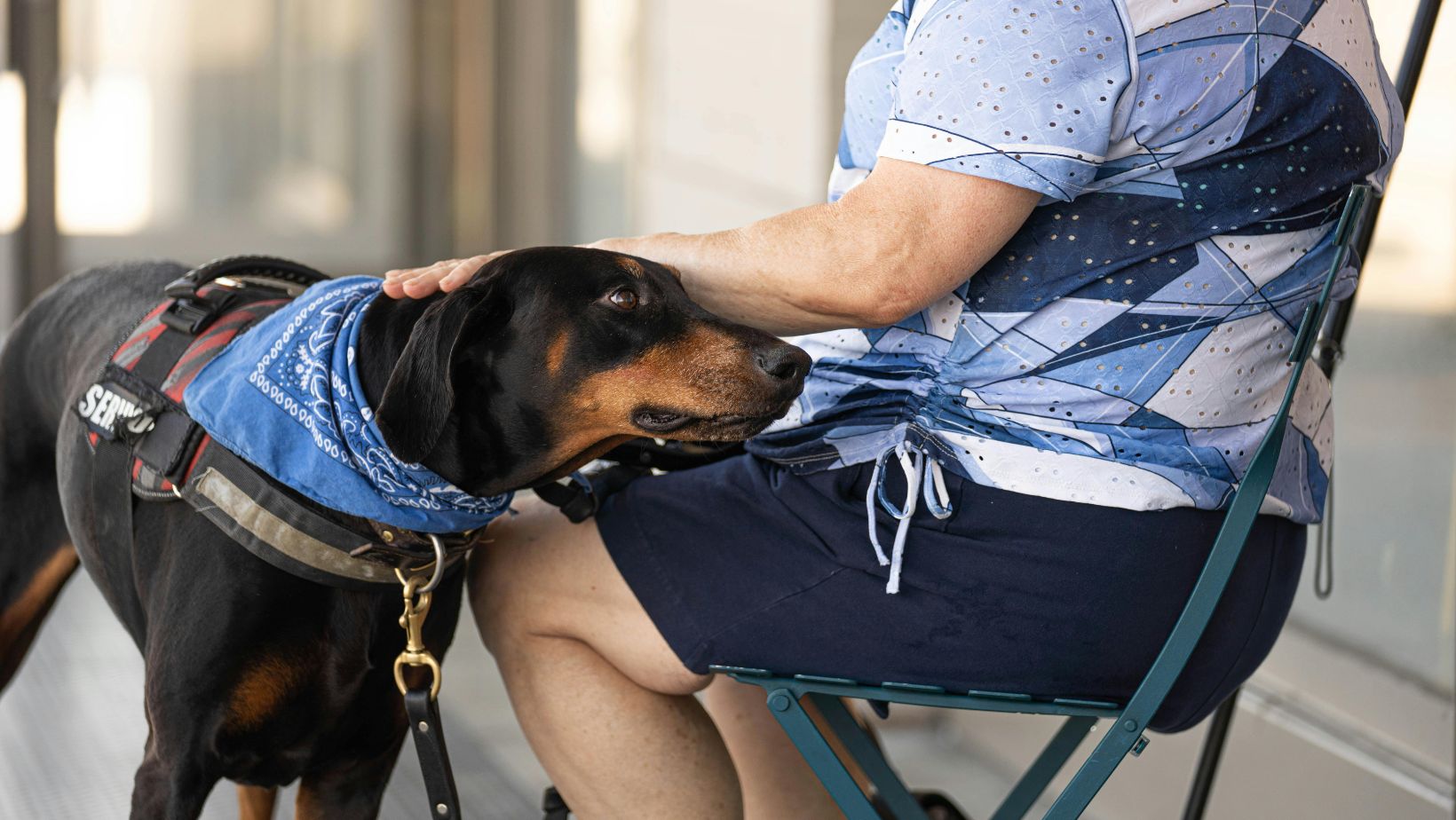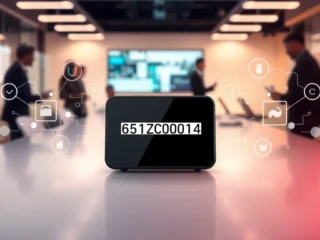
Diabetes is the sort of condition that doesn’t give you a day off. You’ve got to keep an eye on your numbers, think ahead about meals, plan for activity, and be ready to correct a swing in blood sugar before it turns into a problem.
Even when you’re good at managing it, the reality is, life happens. You can get distracted, equipment can fail, or the symptoms may not show up the way you’ve come to expect them to. Continuous glucose monitors (CGMs) and insulin pumps have advanced care and can certainly help, but there’s also another way: get a dog.
No, we don’t mean a regular pet (although that’s probably a good idea in most cases), but a trained service dog. According to research from the University of Bristol, diabetes alert dogs can correctly detect hypoglycemia in their owners in 83% of cases, often before symptoms set in. That’s a very high and encouraging percentage! The best part is, it’s a completely natural and non-invasive solution: you get a furry companion and a diabetic alert in one.
Dogs Smell What Sensors Miss
When your blood sugar rises or falls, the chemical makeup of your breath and sweat changes. We can’t detect that ourselves, of course, but dogs can thanks to an advanced olfactory system that makes ours look primitive.
Trainers of diabetic assistance dogs use samples collected from a person during both normal and abnormal glucose levels, teaching the dog to connect those scent changes with a specific alert behavior, like nudging your leg or pawing your arm.
So, while it may seem like magic, it’s actually just repetition and reinforcement. Over time, the dog learns that catching that scent and giving the alert means something important happens: usually a reward during training, and a medical response in real life. That’s how you end up with a companion that might wake you at 2:00 a.m. before your CGM alarm even goes off.
The Safety Net They Provide
Most people with diabetes already use some form of technology, like glucometers, CGMs, or pumps. You probably use some, too, so you know they’re great but not foolproof tools. CGMs, for example, have a delay of up to 15 minutes between actual blood glucose levels and what you see on the screen. And if your phone’s dead or you’ve silenced notifications, those alarms won’t help.
A trained service dog, on the other hand, doesn’t need charging. It also doesn’t need a software update. It’s “monitoring” you every minute you’re together, and it will respond even if you’re asleep, distracted, or confused. That’s why people with hypoglycemia unawareness—where your body no longer warns you of a drop—can find them especially valuable.
In one study, owners of diabetes service dogs reported fewer severe hypoglycemic episodes and less need for emergency help. This is because some diabetes alert dogs are trained for more than scent detection. They can also fetch your glucose kit, bring you juice or glucose tablets, or activate a medical alert device if you’re unable to.
Finding a Trusted Diabetes Service Dog Provider + Commitment
Dogs are marvelous creatures but only some make good diabetes service dogs. Part of that equation is the temperament of the animal, and part of it is the trainer and whether they use reliable, science-backed methods or not.
This is why it’s crucial to choose a reputable provider. By now, it should be clear why a well-trained service dog can be incredibly beneficial, but what we may not have made clear enough is that it’s better not to have one than to have a poorly trained one. Why? Because they can give false alerts or fail to respond when it counts.
With a good provider, you can expect:
- A thorough matching process,
- Ongoing training support,
- And proof that the dog has successfully passed scent detection testing.
You should also go in with clear expectations about cost and time. Fully trained diabetes alert dogs can take 18 months to 2 years to prepare and may cost $15,000 to $30,000, depending on the provider and level of training.
But also, keep in mind that there’s a commitment on your end: daily reinforcement of training cues, regular health care for the dog, and adjustments to your routine to integrate the animal into your care plan.

While that’s a significant investment, many people find that the safety, confidence, and independence they gain are well worth it, and several studies confirm this.
Is It Right for You?
Research and studies are one thing, reality is often another. What’s important to realize is that a diabetes service dog isn’t a universal solution. If you already have stable control and no history of severe lows, it may be an unnecessary expense. However, if you know that your blood sugar can often drop without warning, or if you’ve had incidents that left you vulnerable, the additional layer of protection that a diabetic assistance dog provides could be transformative.
You still need to be honest with yourself: do you have the time, patience, and resources to maintain the partnership? Are you comfortable with the public access rights (and responsibilities) that come with a service dog? Answering those questions honestly will guide your next step.












